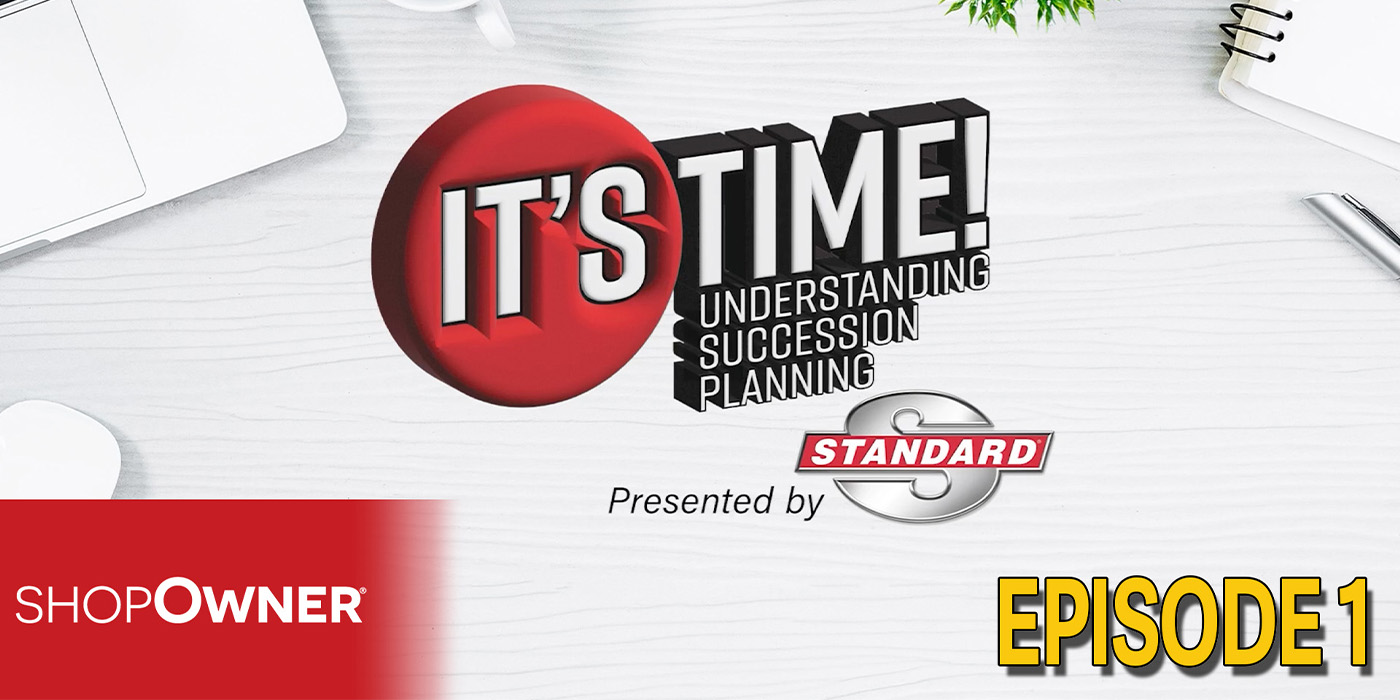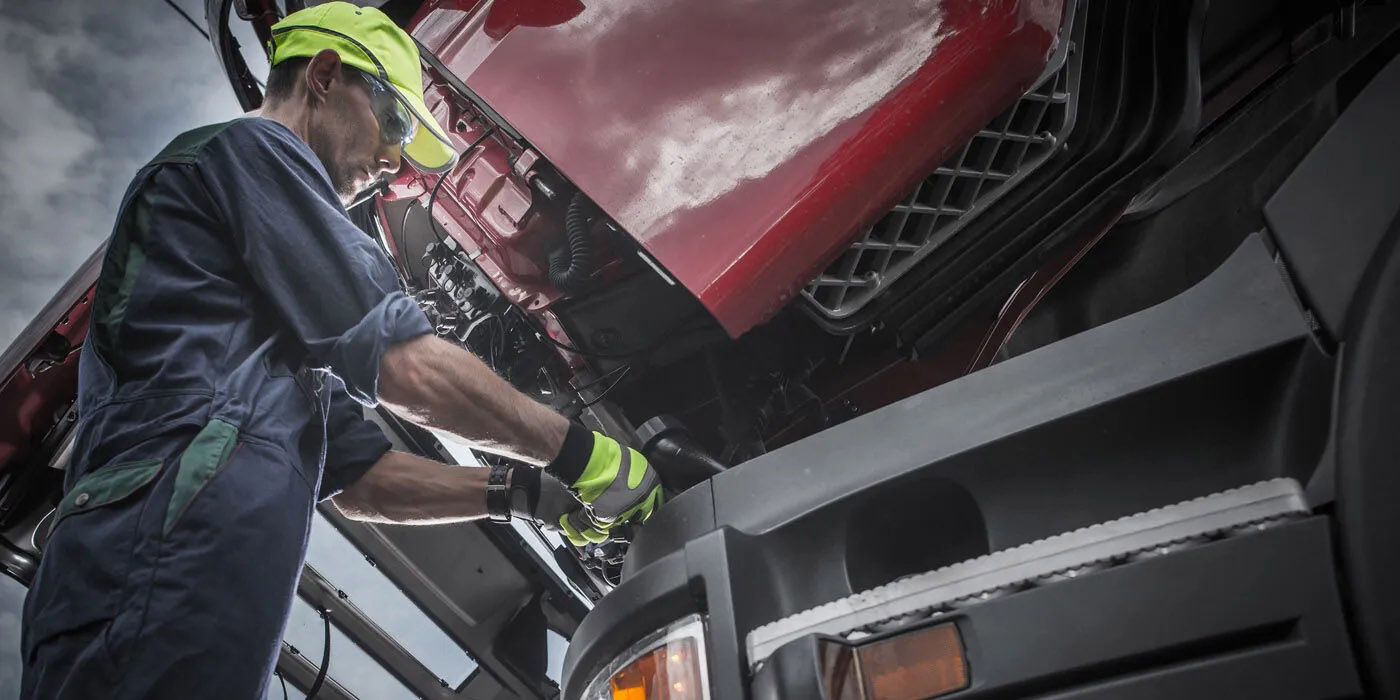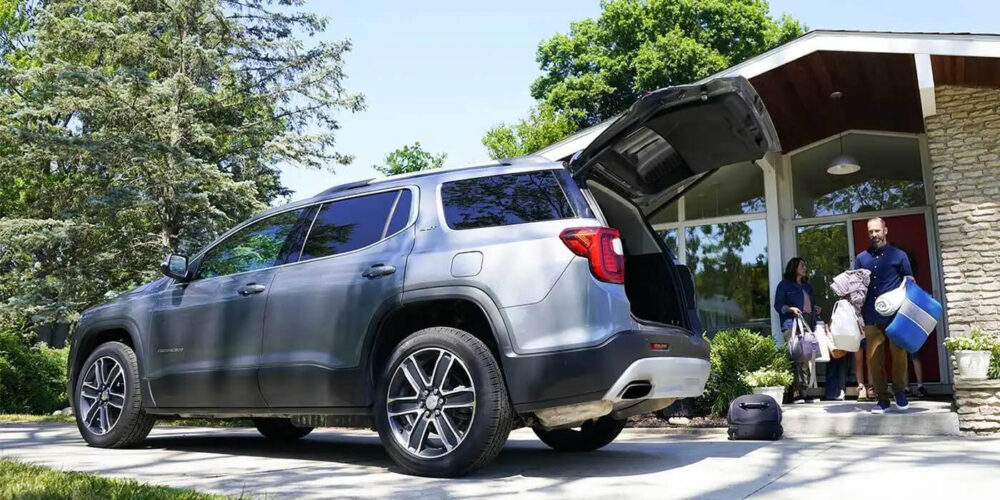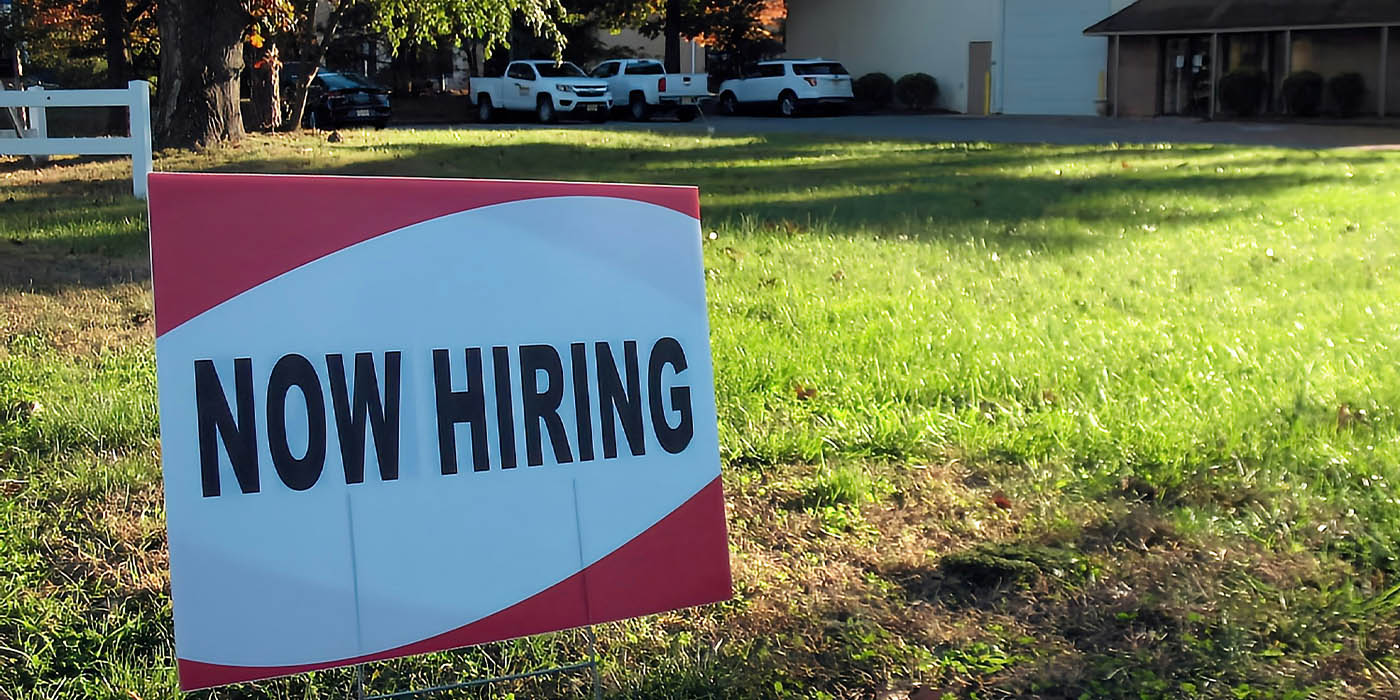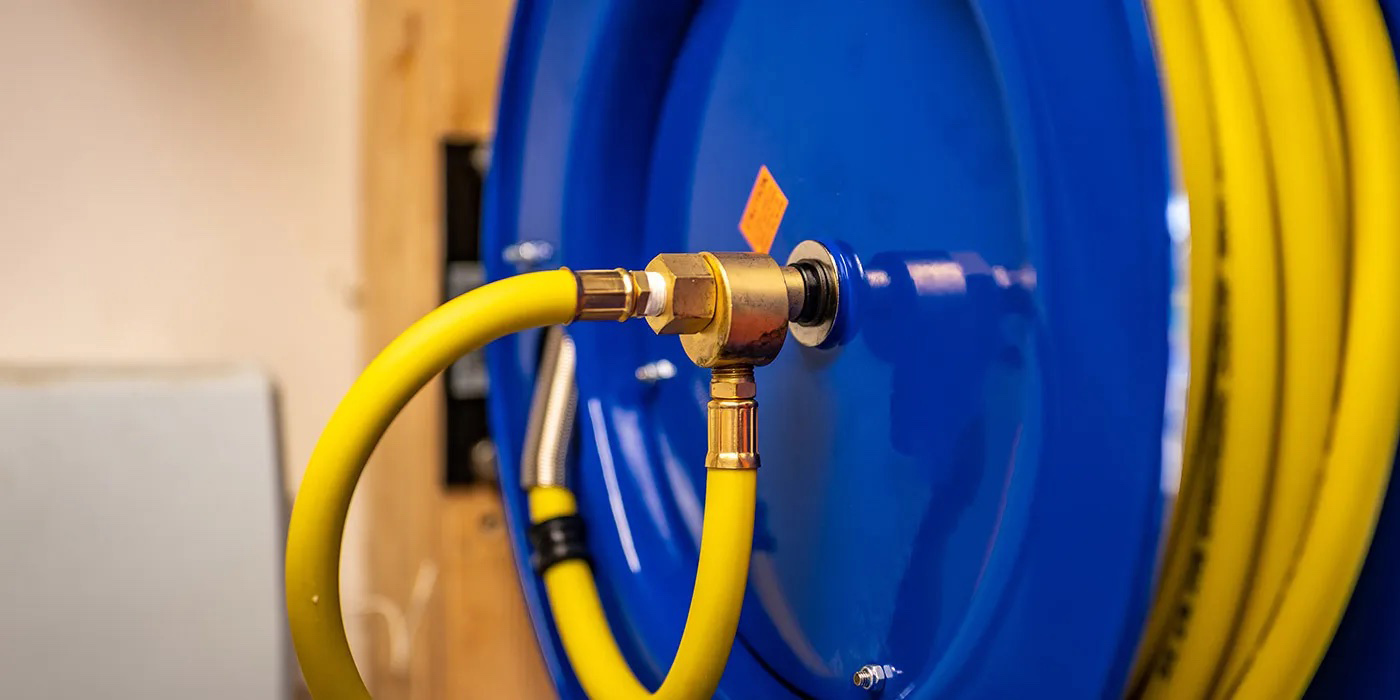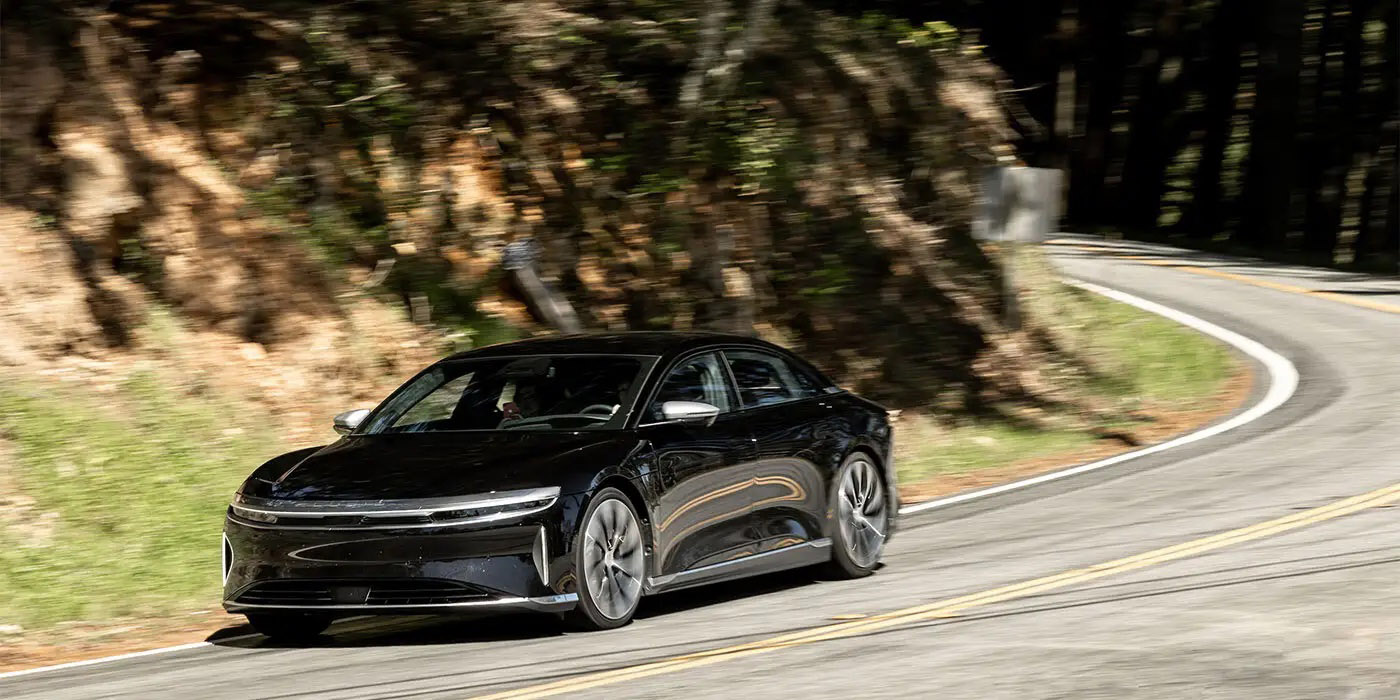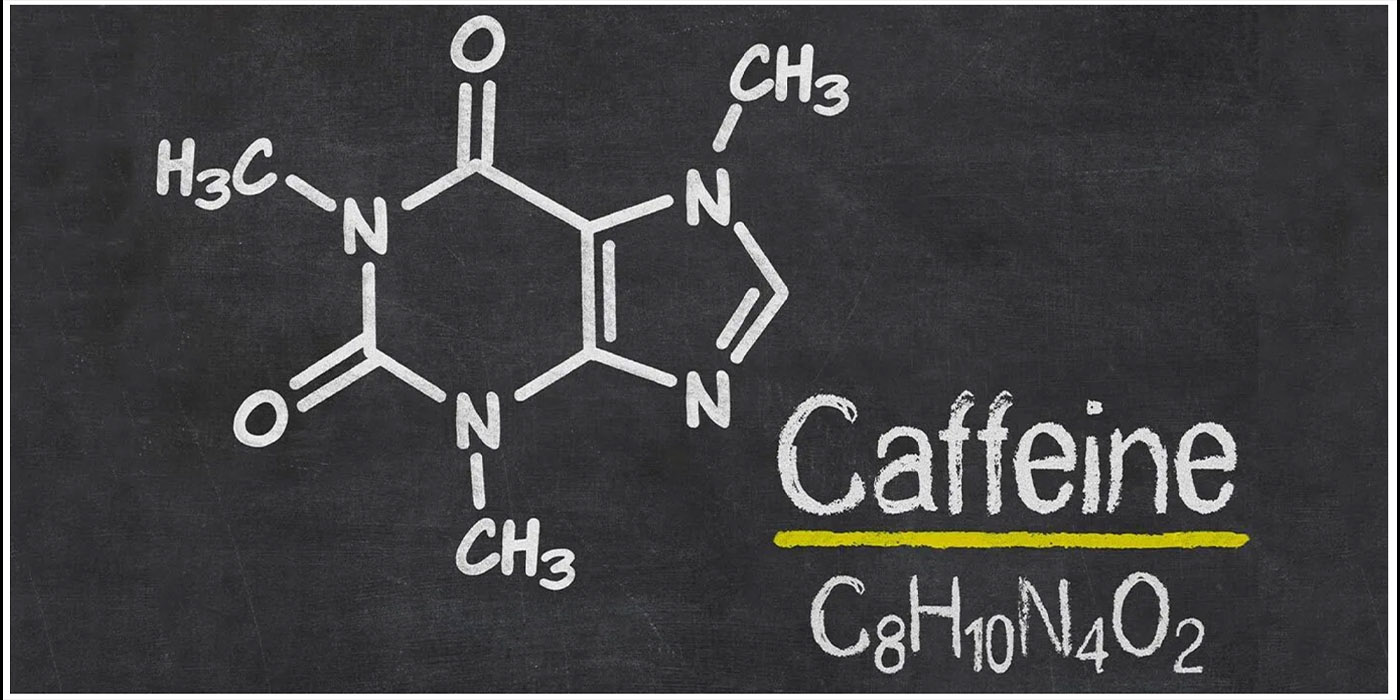New-vehicle retail sales for June 2022 are expected to decline when compared with June 2021, according to a joint forecast from J.D. Power and LMC Automotive. Retail sales of new vehicles this month are expected to reach 965,300 units, a 18.2% decrease compared with June 2021 when adjusted for selling days. June 2022 has 1 additional selling day compared to June 2021. Comparing the same sales volume without adjusting for the number of selling days translates to a decrease of 15.0% from 2021.New-vehicle retail sales in Q2 2022 are projected to reach 2,977,300 units, a 23.3% decrease from Q2 2021 when adjusted for selling days.
New-vehicle retail sales for the first six months 2022 are projected to reach 5,827,300 units, a 19.1% decrease from the first six months of 2021 when adjusted for selling days. The first half of 2021 was an all-time record for retail sales.about:blank
The Total Sales Forecast
Total new-vehicle sales for June 2022, including retail and non-retail transactions, are projected to reach 1,133,000 units, a 15.8% decrease from June 2021. Comparing the sales volume without adjusting for the number of selling days translates to a decrease of 12.4% from 2021.
The seasonally adjusted annualized rate (SAAR) for total new-vehicle sales is expected to be 13.1 million units, down 2.3 million units from 2021.
New-vehicle total sales in Q2 2022 are projected to reach 3,488,800 units, a 20.5% decrease from Q2 2021 when adjusted for selling days.
New-vehicle total sales for the first half of 2022 are projected to reach 6,781,300 units, an 18.7% decrease from the first half of 2021 when adjusted for selling days.
The Takeaways
Thomas King, president of the data and analytics division at J.D. Power:
“The 2022 theme we have seen of sales quality over sales quantity is continuing in June. On a volume basis, June year-to-date retail sales will be just under 5.9 million units, a large decline of 19.1%. Excluding pandemic-affected 2020, this is the worst first six months’ sales volume performance since 2011. However, from a profitability standpoint, the first half of 2022 has set records for both retailers and manufacturers as vehicle prices continue to rise, manufacturer discounts get ever smaller and retailer margins set new highs.
“The average transaction price for the first six months of 2022 is expected to reach a record of $44,907—a 17.5% increase from 2021. This is partially due to incentive spending per unit, expressed as a percentage of average vehicle MSRP, trending towards 2.4% for the first six months, down from 7.1% for the same time period in 2021.
“Total retailer profit per unit—inclusive of grosses and finance and insurance income from new-vehicle sales are expected to reach first-half record levels on both a per unit and total basis. Profit per unit for the first half of 2022 is trending to reach $4,774, up $2,206 from the same period in 2021, while total profits are expected to reach $27.8 billion, up $9.4 billion from 2021.
“The inventory shortages that have depressed volumes, however driven up prices and profits, are showing no signs of improvement. June 2022 is on track to be the eighth consecutive month that retail inventory closes below 900,000 units.
“For June, new-vehicle prices continue to set records, with the average transaction price expected to reach $45,844—a 14.5% increase from a year ago and the highest level on record. Consequently, even though the sales pace is down 18.2% year over year, consumers will spend $44.3 billion on new vehicles this month, the second-highest level ever for the month of June but slightly down 2.7% from June 2021 due to reduced volume.
“Total retailer profit per unit—inclusive of grosses and finance and insurance income—is on pace to reach a monthly record of $5,123, an increase of $1,174 from a year ago. Eight of the past nine months have seen retailer profit per unit at or above $5,000. This elevated per-unit profit level is more than offsetting the drop in sales volume as total aggregate retailer profits from new-vehicle sales for the month of June is projected to be up 10.3% from June 2021, reaching $4.9 billion, the best June ever and the fourth-highest amount of any month on record.
“Due to the ongoing inventory constraints, discounts from manufacturers continue to erode. The average incentive spend per vehicle is tracking toward $930, a decrease of 59.4% from a year ago and the second consecutive month under $1,000. Incentive spending per vehicle expressed as a percentage of the average vehicle MSRP is trending toward a record low of 2.0%, down 3.4 percentage points from June 2021 and the fifth consecutive month below 3.0%. One of the factors contributing to the reduction in incentive spending is the absence of discounts on vehicles that are leased. This month, leasing will account for just 18% of retail sales. In June 2019, leases accounted for 30% of all new-vehicle retail sales.”
Average interest rates for new vehicle loans continue to accelerate and are expected to increase 74 basis points from a year ago to 5.01% in June.
However, elevated used-vehicle values continue to help affordability for new-vehicle buyers who have a vehicle to trade in. The average trade-in equity for June is trending towards a record high of $10,381, a 49.2% increase from a year ago and the first time above $10,000.
Despite record level trade-in values, the average monthly finance payment in June is on pace to hit a record high of $698, up $79 from June 2021. That translates to a 12.8% increase in monthly payments from a year ago, which is just below the 14.5% increase in transaction prices.
“Even at these record pricing levels, vehicles continue to sell quickly and a significant number of vehicles are being ordered—or purchased—by buyers before they arrive at the dealership. This month, 56% of vehicles will be sold within 10 days of arriving at a dealership, while the average number of days a new vehicle is in a dealer’s possession before being sold is on pace to be 19 days—down from 37 days a year ago.
“Looking forward, while higher interest rates and economic concerns represent directional headwinds for the industry, consumer demand remains considerably higher than available supply. With each additional month of inventory constraints, pent-up demand for new vehicles is building ever larger—and that demand will insulate the industry from the effects of these economic headwinds. As new-vehicle availability eventually improves, some softening of the current record per unit pricing and profitability may occur but will be mitigated by a return to higher monthly sales volumes.”
Sales & SAAR Comparison
| U.S. New Vehicle | June 20221, 2 | May 2022 | June 2021 |
| Retail Sales | 965,327 units(-18.2% lower than June 2021)2 | 945,388 units | 1,135,138 units |
| Total Sales | 1,132,981 units(-15.8% lower June 2021)2 | 1,110,426 units | 1,293,272 units |
| Retail SAAR | 11.3 million units | 10.9 million units | 13.6 million units |
| Total SAAR | 13.1 million units | 12.7 million units | 15.4 million units |
Published by J.D. Power
1 Figures cited for June 2022 are forecasted based on the first 16 selling days of the month.
2 June 2022 has 26 selling days, one more than June 2021.
The Details
- The average new-vehicle retail transaction price in June is expected to reach $45,844. The previous high for any month—$45,502—was set in May 2022.
- Average incentive spending per unit in June is expected to reach $930, down from $2,291 in June 2021. Spending as a percentage of the average MSRP is expected to fall to a record low of 2.0%, down 3.4 percentage points from June 2021.
- Average incentive spending per unit on trucks/SUVs in June is expected to be $971, down $1,266 from a year ago, while the average spending on cars is expected to be $869, down $1,592 from a year ago.
- Buyers are on pace to spend $44.3 billion on new vehicles, down $1.2 billion from June 2021.
- Truck/SUVs are on pace to account for 78.9% of new-vehicle retail sales in June.
- Fleet sales are expected to total 167,700 units in June, up 1.9% from June 2021 on a selling day adjusted basis. Fleet volume is expected to account for 15% of total light-vehicle sales, up from 12% a year ago.
Global Sales Outlook
Jeff Schuster, president, Americas operations and global vehicle forecasts, LMC Automotive:
“Global light-vehicle sales in May were 6.2 million units, down 10% year over year but an improvement from a 26% drop in April thanks to strength in Asia and some base effect from weakness in May 2021. The selling rate was 75.7 million units, 7 million lower than May 2021 but an increase of 8 million units from April. Of the major markets, India led the recovery, up 189% from a year ago, while the ASEAN market was up 12%. China was down 8%, ahead of any potential effect from the new personal vehicle incentive that is expected to positively influence near-term performance.
“With positive year-over-year growth expected in China and significant recovery from weakness last June in Japan, Korea and the ASEAN market, global sales volume is expected to be down just 5% in June from a year ago. The selling rate in June is expected to reach 79 million units, the highest level since January. A mixed global picture remains, as continued weakness in Europe and the United States is holding down the boost in Asia.
“Despite China now expected to increase 2%, global sales in 2022 are expected to be flat vs. 2021, at 81.4 million units. We have made additional cuts in Europe and North America, which have offset gains elsewhere. The auto outlook is now hampered by both supply and demand issues, as consumers struggle globally with high inflation and low vehicle inventory. Nearly 30 million units of demand have been lost since the beginning of the pandemic and much of that may end of being a permanent loss.”



